Table of Contents
How to interpret a tarot card? When it comes to interpreting tarot cards, I’m going to break the ice for you. You have every right to question the methods, the meanings, the cards; the readers, the ‘energies’ or whatnot but at the end of the day it’s what you believe in, it’s your personal ‘why,’ it’s about your intuition – you don’t exactly know but you just do.
How to interpret a tarot card? This is why tarot in itself is an art. It’s a free form, sure there are some guidelines and rules on how one should interpret or read it but there are no standards of what is right or wrong; of what is positive or negative. Tarot is not black and white. It’s not absolute. How to interpret a tarot card? It’s about belief, intuition, trust and perhaps it’s all about having faith – faith in what the cards are possibly telling you; faith in the tarot reader that will send you the message; and faith in yourself that will ultimately decide your life’s fate.
The Elements You Need
How to interpret a tarot card? Tarot cards today are used as a tool to connect to oneself, the world and the divine. The art of tarot reading has three elements – the seekers, the readers and the tarot cards. Once it is shuffled and drawn; the chosen cards will be laid out in a pattern called the spread wherein the positions have meaning as well. The tarot reader will then combine both the card’s meaning; and the patterns to hopefully shed light or give some answers to the seeker’s queries.
The Major and Minor Arcana
The tarot deck is made up of 78 cards that are divided into two sections – the major arcana and the minor. Arcana or Arcanum means “profound secrets” according to the alchemists from the Middle Ages. They believe that the tarot cards are a collection of these ‘secrets’ that explains the nature, life; unconscious mind and the universe.
The Major Arcana consist of 22 cards and they are considered as the “heart of the deck.” These cards also represent sort of the ‘bigger picture’ during reading. It mostly symbolizes some kind of inherent aspect of human experience or patterns that influences human nature. The major arcana is given utmost importance during a tarot reading since these cards represent a person’s most basic concerns; and often times involves the spiritual aspect and inner self. It starts from the card of beginnings called The Fool (0) and ends in a card called The World (22).
The numbers also correspond and are correlated with the numbers of the cards in the minor arcana. The Minor Arcana is composed of 56 cards which are divided into four suits – the Wands, Cups, Swords and Pentacles. Each of the suits also has Court Cards (The Page, The Knight; The Queen and The King) and Pip Cards that are numbered from 1 to 10. The minor arcana deals with a more universal and practical theme; its concern about the emotions, struggles and events of the day to day life of an individual.
How You Can Interpret a Tarot Card
How to interpret a tarot card? Before we delve deep on how you can read tarot cards, here’s a quick guide for you:
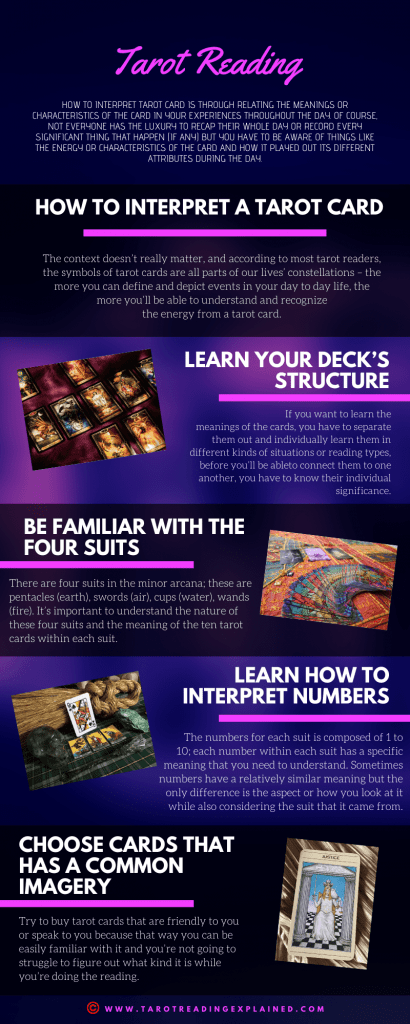
Learn Your Deck’s Structure
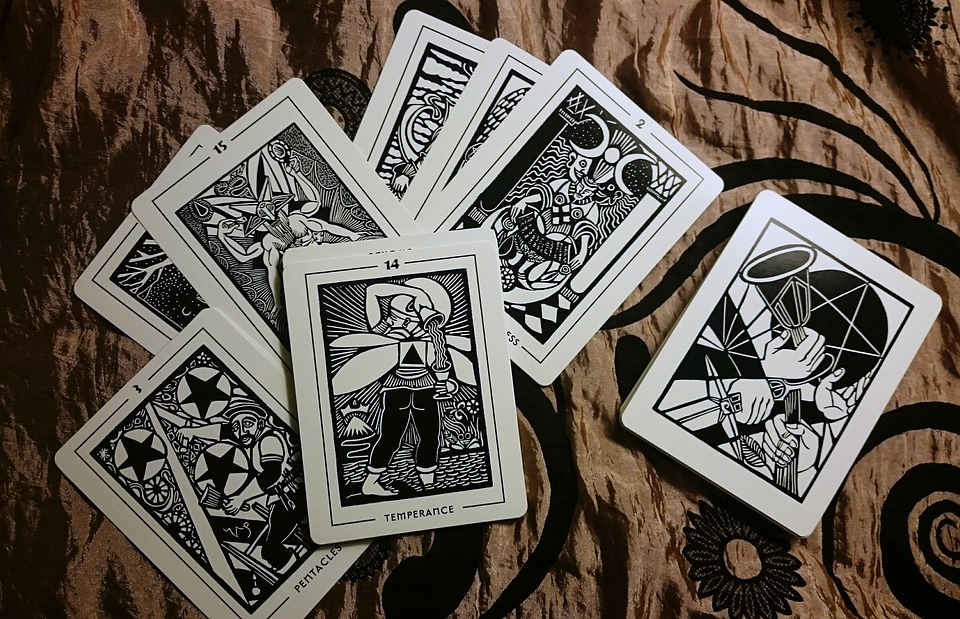
Being familiar with your tarot deck will help you memorize your cards more including the impact or meanings of the cards belonging in the major and minor ones. The tarot deck is composed of 22 Major Arcana (0 – 21) and 56 Minor Arcana (16 Court Cards; 40 Pip Cards – compose of 10 for each 4 suits).If you want to learn the meanings of the cards, you have to separate them out and individually learn them in different kinds of situations or reading types; before you’ll be able to connect them to one another, you have to know their individual significance.
How to interpret a tarot card? The Major Arcana are cards focuses on the spiritual and psychological experiences of an individual. It also denotes the inner growth or development of a person. The Minor Arcana are composed of tarot cards that are relating to everyday life or relating to situations with people; as well as how an individual is dealing with the daily life and the struggles that come along with it.
Be Familiar with the Four Suits
There are four suits in the minor arcana; these are pentacles (earth), swords (air), cups (water), wands (fire). It’s important to understand the nature of these four suits; and the meaning of the ten tarot cards within each suit.
Learn How to Interpret Numbers
The numbers for each suit is composed of 1 to 10; each number within each suit has a specific meaning that you need to understand. Sometimes numbers have a relatively similar meaning but the only difference is the aspect or how you look at it while also considering the suit that it came from. So if it’s number ten for example; ten means the end of a cycle, if it’s ten of cups it might pertain to the end of an emotional journey, if it’s ten of swords it could mean the end of the struggles for that person etc; that’s why it could be focusing on the different aspect of an individual but the number relatively has the same meaning.
Choose Cards that has a Common Imagery
How to interpret a tarot card? This is particularly helpful for beginners; most expert readers recommend buying tarot cards that has common imagery to help you easily remember because there are some tarot decks that will look kind of unusual and sometimes hard to remember. So try to buy tarot cards that are friendly to you or speak to you because that way you can be easily familiar with it; and you’re not going to struggle to figure out what kind it is while you’re doing the reading.
Use keywords for memorization
Now there are a lot of tarot cards and apart from memorizing its literal meaning, you also have to keep in mind its elements, the suits, the numbers; and its significance or relation to one another etc.; so there’s a lot of things you need to remember and consider while doing a reading which is why keywords can help because it can make you associate; or connect the meaning of a particular card and its significance since words are also connected with one another somehow. You can use at least 3 or 4 keywords for each card especially if you’re just starting to learn this craft. It will take a period of time before you fully memorize; and understand the meaning of each card so you have to really commit in studying this art if you want to become a proficient reader or be able to give an accurate reading.
Tarot Card Reading
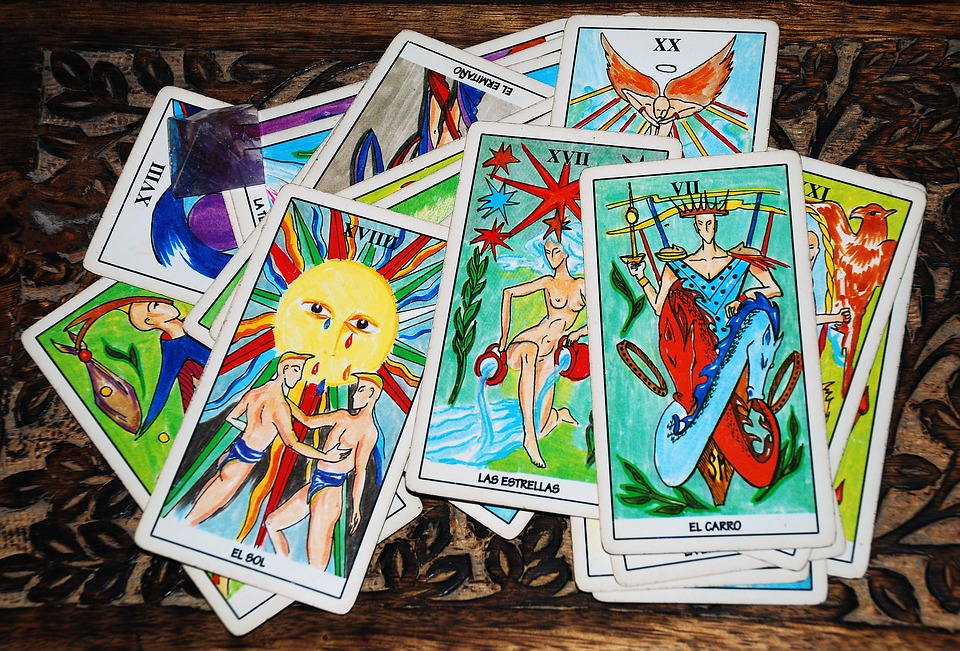
How to interpret a tarot card? The notion of pulling a card every day works best if you really take the time to ‘feel’ your cards or sit with your tarot deck for at least a couple of minutes every morning so you can sort of feel the energy within these cards. The idea behind this is to focus or become aware of the kind of energy you have for that particular day. It’s not necessarily about programming your day; or having a planned activity but it’s more of having that sense of both the positive and negative aspects; because it can also affect how the cards will show up.
Try Reading a Card Everyday
For you to be able to interpret a card you pulled for a particular day, you have to pay attention to the different sides of the card and observe the energy you feel for yourself or with other people. Say for example you pulled out a King of Cups card, you can first lay out its literal meaning like this card is someone who is a nurturer, who cares deeply and can be strongly attached to things or people they have a relationship with. Another kind of meaning you could be getting from this card could also pertain to someone who is protective or quite controlling; there could also be abundance of emotion in general.
You can relate the meanings or characteristics of the card in your experiences throughout the day. Of course, not everyone has the luxury to recap their whole day or record every significant thing that happen (if any) but you have to be aware of things like the energy or characteristics of the card and how it played out its different attributes during the day. You can learn from that so you can have a better understanding of how you can use it in the future whenever you’re doing a card reading for the day. Check out the video below on how you can apply this exercise:
No Formula, Just Art
How to interpret a tarot card? So, basically there’s no formula or standard method even for expert tarot readers when it comes to interpreting a card for the day, some books or guides may tell you tips or guiding principles but it’s clearly up to you on how you interpret things and relate the energies or events that happened to you with the card you pulled for that particular day, sometimes you just have to be consciously aware of it or maybe do some mental notes. The context doesn’t really matter, and according to most tarot readers, the symbols of tarot cards are all parts of our lives’ constellations – the more you can define and depict events in your day to day life, the more you’ll be able to understand and recognize the energy from a tarot card.
A Good Interpreter is a Good Storyteller
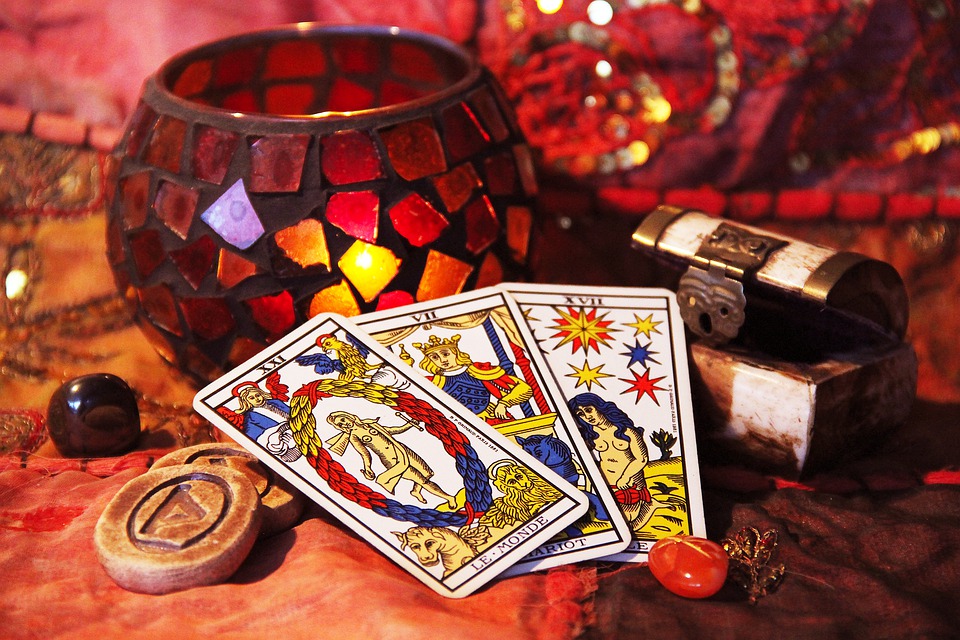
How to interpret a tarot card? Storytelling using tarot cards could be used as a tool for your imagination to tell a story that can enhance your reading skills and make you more familiar with the energies of your card. It’s not about interpreting the literal meaning of the cards, it’s more about using the images and symbols of the card and how a story may evolve or unfold once it is drawn.
You can pull out three cards to represent the beginning of the story, another three for the middle of the story and three more cards for the conclusion of the story. You can use narratives in tarot reading to practice self – awareness and also be more familiar with your deck; it will also help you as a reader to allow the imagery of the cards to ‘talk’ to you. It’s not about interpretation or discernment; it focuses more on your creative imagination process.
Take the time to work with the cards you draw and then try to determine what kind of story emerges from those cards. Reflect on it and also try to notice if the story is something that is similarly related to what’s going on in your life.
Steps on Interpreting a Card
Set the mood
Do a tarot reading where you feel comfortable in and as much as possible avoid places with distractions.
Relax your mind and your client
If it helps you can talk to your subject about his/her current feelings, if he/she is comfortable or just simply try to connect with him/her.
Ask or Read the Question
Remember though that when it comes to questions, it should not be like a yes/no type of query, it should be more about what to do in a certain situation/the best advice. Tarot readings will help a person deal with particular things not necessarily answer a direct question.
Shuffle the cards
Shuffle the cards or let your subject shuffle it
Cut and pile the cards
You can also letyour subject cut the cards until you think or feel that it’s enough, then pile it up or stack it up in a manner you see fit.
Layout the Cards
You can make your subject pick out the card (depending on the type of layout you will use) and let him/her feel the energy within those cards. Once the cards are drawn, you can now place it in the appropriate position in a spread, make sure that the cards are still faced down.
Reveal the Cards
Depending on the type of spread or your reading method, you can reveal each card one by one or simultaneously for you to see a connection.
Interpret the Card
Note the interpretation of each card as well as the pattern or position in which a card is placed and start analyzing or relating it to your subject’s question/life. Consider the techniques mentioned in this book about the relationships of the card as well as the card placements.
Create the Story
Once you have analyze or interpret the card and have considered all the other factors, you can now create a story based on the theme of the session or the query being asked
Finish it Up
Once you have interpret the cards and perhaps send the message to your clients as well as clarify their follow – up questions. You can then conclude the session and clear the deck. You can also express gratitude to your inner guide as well as your tarot cards and pack it up on its container.

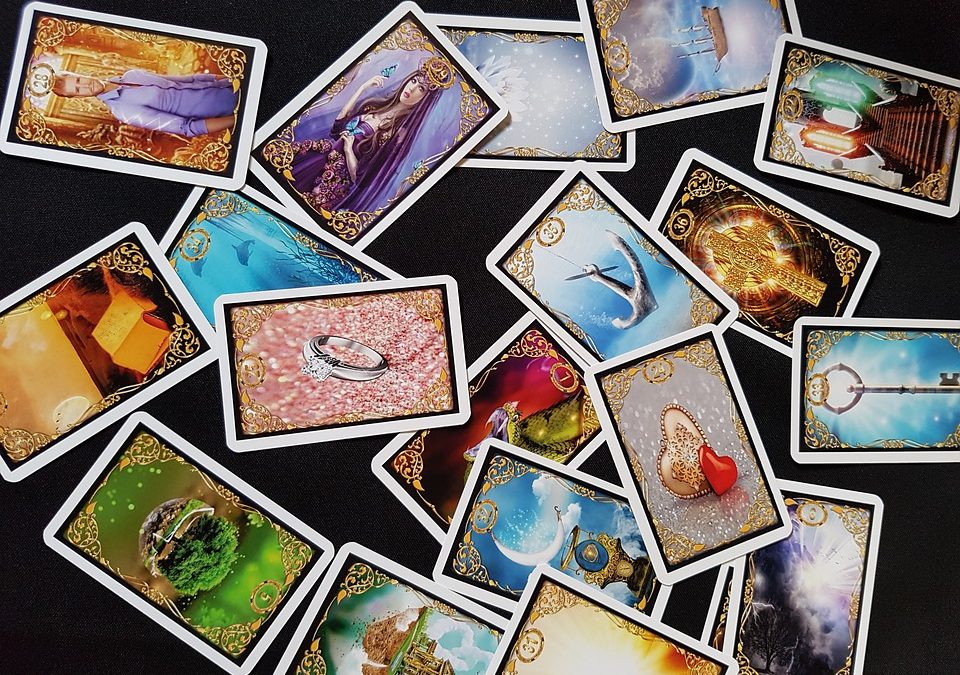
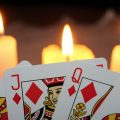
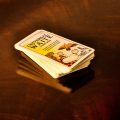
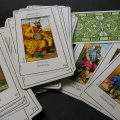
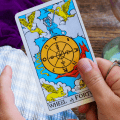
 I love to write books about alternative religion, occult, and spirituality. My books are written for everyone in an easy to read and understandable style.
I love to write books about alternative religion, occult, and spirituality. My books are written for everyone in an easy to read and understandable style.
